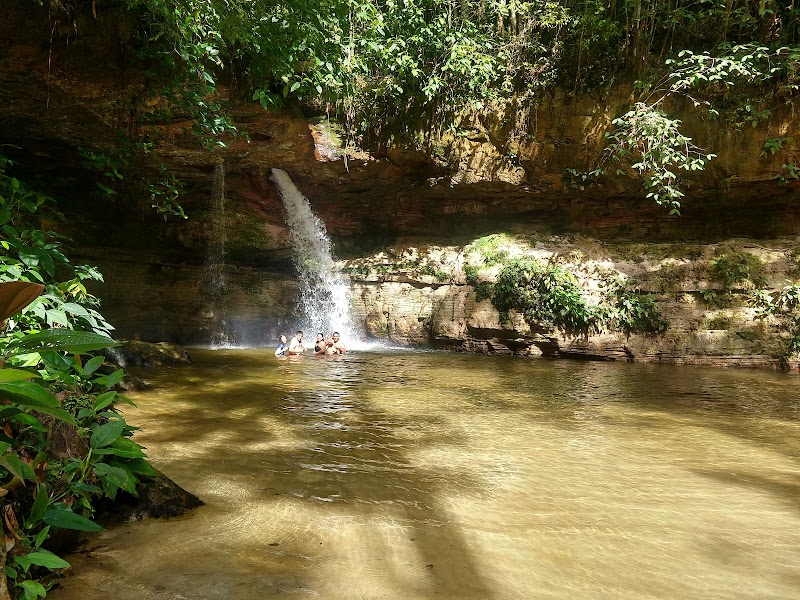
Reserva de Desenvolvimento Sustentável do Rio Negro Adventures
The Reserva de Desenvolvimento Sustentável do Rio Negro protects vast Amazonian rainforest alongside the Rio Negro river, supporting sustainable livelihoods and rich biodiversity within a remote and culturally important region.
About Reserva de Desenvolvimento Sustentável do Rio Negro

The Reserva de Desenvolvimento Sustentável do Rio Negro (RDS Rio Negro) is a large protected area located in the state of Amazonas, Brazil, encompassing extensive portions of the Amazon rainforest along the Rio Negro river. Established in 2008, the reserve is designed to balance environmental protection with sustainable use by traditional communities including riverine populations and indigenous groups. The reserve covers both dense tropical forest and blackwater river ecosystems, harboring extraordinary biodiversity such as jaguars, giant river otters, freshwater dolphins, and countless bird species. Geographically, it extends over rugged terrain with river channels, flooded forests, and terra firme lands, creating a variety of habitats. Within the reserve, small communities practice traditional fishing, small-scale agriculture, and extraction of forest products in harmony with conservation goals. Recreational opportunities are limited due to the remote location and focus on sustainable use, but visitors can engage in guided wildlife viewing, river canoe trips, and cultural exchanges with local peoples. The reserve plays a critical role in protecting the Rio Negro’s water quality and forest cover, helping mitigate climate change and conserve species. Visitors interested in ecotourism and cultural experiences can explore traditional knowledge and observe remote Amazonian environments. The area remains relatively undeveloped for tourism, emphasizing conservation and local community wellbeing.
Highlights
Extensive blackwater river ecosystem of the Rio Negro
Diverse Amazonian rainforest with abundant wildlife such as jaguars and freshwater dolphins
Traditional communities practicing sustainable harvesting and fishing
Remote river canoe expeditions through pristine flooded forests
Notable Natural Features
Rio Negro
A major blackwater tributary of the Amazon River, known for its dark, acidic waters and unique aquatic species.
Sustainable Community Management
Local residents engage in controlled harvesting that preserves forest resources while maintaining cultural traditions.
Flooded Forests (Igapó)
Seasonally flooded forest areas rich in specialized plant and animal life adapted to cyclical inundation.
